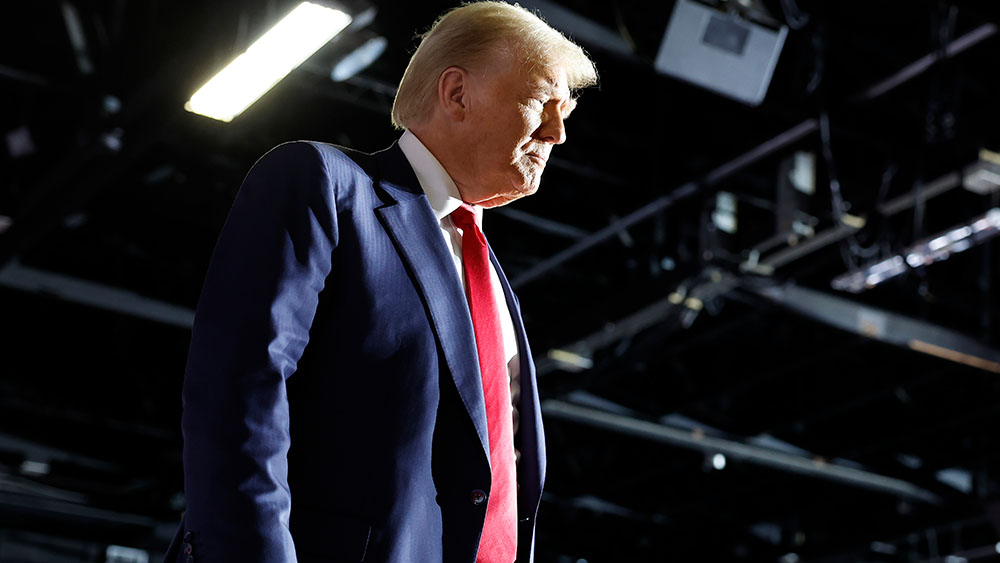Trump realigns DHS, Removes Climate Initiatives: A new era of national security focus
- President Donald Trump orders DHS to eliminate climate change activities and terminology, marking a significant shift away from previous administrations’ climate-focused policies.
- The directive is seen as an attempt to redirect resources towards immediate threats and align with Trump’s broader executive orders reversing climate-related initiatives.
- The decision has significant implications for FEMA’s disaster response efforts, raising concerns among disaster researchers and former FEMA officials about the practical consequences.
- The directive highlights the growing rift between the Trump administration and other branches of government, including the Pentagon, which recognizes climate change as a significant security threat.
- The DHS directive is part of a broader trend of rolling back federal efforts to address global warming, including withdrawal from the Paris Agreement and halting climate grant funding.
In a bold move that underscores the Trump administration’s commitment to refocusing federal agencies on what it deems essential national security priorities, President Donald Trump has ordered the Department of Homeland Security (DHS) to cease all activities and terminology related to climate change. The directive, outlined in a memo sent to top DHS officials, marks a significant shift away from the climate-focused policies of the previous administration and signals a new approach to disaster management and security.
A clear mandate for change
The memo, which was obtained by Bloomberg News, explicitly instructs senior office heads at the DHS to “eliminate all climate change activities and the use of climate change terminology in DHS policies and programs, to the maximum extent permitted by the law.” The changes are intended to align with Trump’s broader executive orders, which have already reversed many climate-related initiatives enacted by former President Joe Biden.
DHS Secretary Kristi Noem, a Trump appointee, is the architect of this latest directive. Noem, who has previously expressed skepticism about the scientific consensus on human-caused climate change, emphasized the need to redirect resources and focus on more immediate threats. “Our primary mission is to protect the American people and secure our nation,” Noem stated in an interview. “By eliminating these distractions, we can better allocate our resources to addressing real and present dangers.”
Impact on disaster response
The directive has significant implications for the Federal Emergency Management Agency (FEMA), a key component of the DHS responsible for responding to natural disasters. As wildfires, storms and floods increase in frequency and intensity, FEMA has been at the forefront of disaster response efforts. However, the elimination of climate-related terminology and activities could have far-reaching consequences for how the agency prepares for and responds to these events.
Samantha Montano, a disaster researcher at the Massachusetts Maritime Academy, expressed concern about the practical implications of the directive. “Erasing the words ‘climate change’ is bad, but there are ways to work around that,” Montano said. “However, eliminating any funds to climate-related programs will become a much bigger kind of operational problem.”
Carrie Speranza, the former chair emeritus of FEMA’s National Advisory Council, also raised concerns about the directive’s impact on disaster preparedness. “We just need to make sure that we acknowledge that these disasters are getting bigger,” she said. “And so that just requires more resources at the end of the day.”
Historical context and bipartisan tensions
The Trump administration’s decision to de-prioritize climate change is part of a broader ideological shift within the federal government. This move comes against the backdrop of a growing rift between the White House and a Republican-led Congress and Pentagon, both of which have increasingly recognized climate change as a significant security threat.
In a striking contrast, Trump earlier signed the National Defense Authorization Act (NDAA), which explicitly identifies climate change as a “direct threat” to national security. The NDAA, a 2,400-page piece of legislation, mandates a Pentagon report on the 10 military bases most vulnerable to climate impacts, such as rising sea levels and more frequent extreme weather events.
Francesco Femia, co-founder and president of the Center for Climate and Security, noted the unusual disconnect between the White House and other branches of government. “The NDAA has made clear that investigating and planning for climate change risk is part of the military’s job, and I don’t think the national security strategy is going to have much of an impact on that,” Femia said.
A new national security paradigm
Despite the tensions, the Trump administration remains committed to its vision of national security, which prioritizes economic growth and energy dominance. The DHS directive is just one of several recent moves by the administration to roll back federal efforts to address global warming. Since Trump’s inauguration, his team has withdrawn from the Paris Agreement, halted climate grant funding and placed climate scientists on administrative leave.
For those within the administration, the focus is clear. “We are aligning our policies with the president’s vision,” said a senior DHS official. “Our aim is to ensure that we are prepared for the threats that truly matter to the American people.”
As the debate over climate change and national security continues, the DHS directive serves as a stark reminder of the ideological battles shaping the future of U.S. policy. Whether this new approach will effectively address the complex challenges facing the nation remains to be seen, but one thing is certain: the conversation about climate change and its impact on security is far from over.
Sources include:
ClimateDepot.com
X.com
Bloomberg.com
WastingtonExaminer.com
Read full article here


